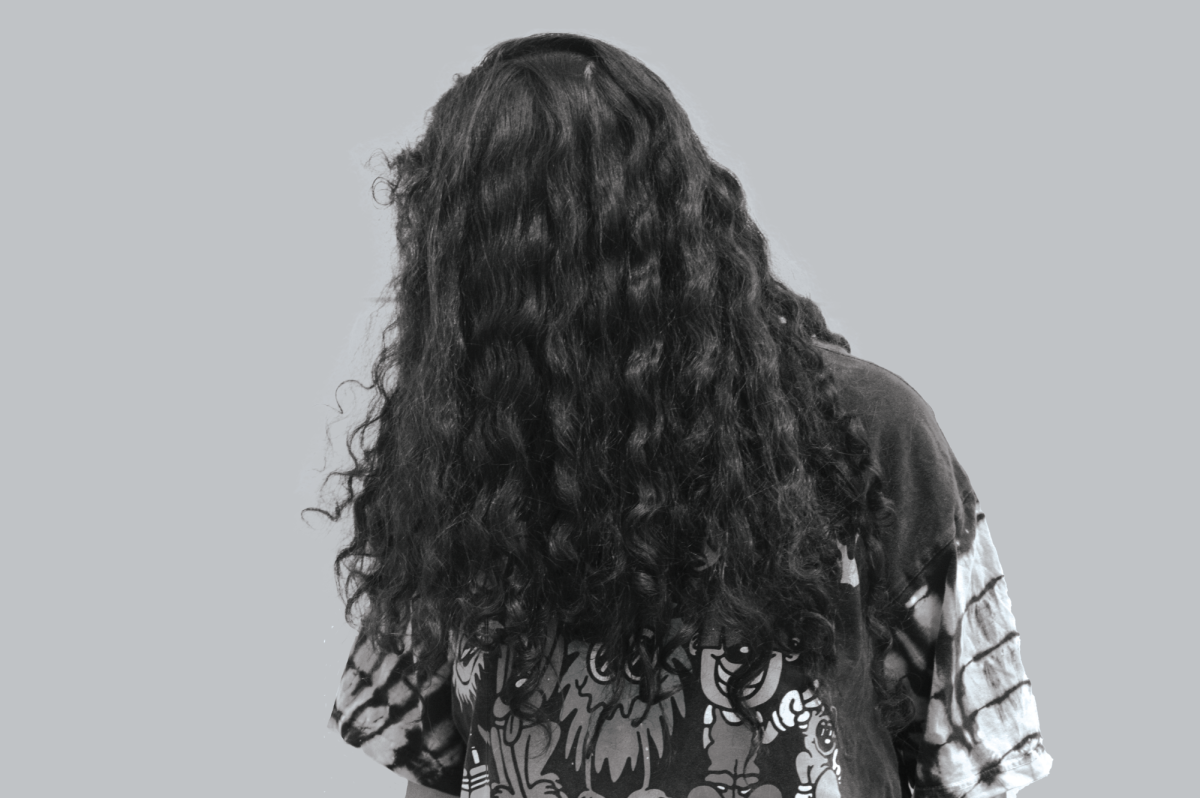Introduction:
From Y2K Comebacks to Oldies Music, trends repeat. The turning of time allows for a fascination of the past, or a nostalgia for a better time. According to the Cambridge Dictionary, popular culture is any form of media enjoyed by ordinary people or the masses.
Pop culture will shift as time goes on. But could it be cyclical? Trends from 10, 20 years ago repeating isn’t unlikely or impossible. With thrifting and secondhand stores, many items can come back into style or be reworn. Not to mention hand-me-down clothing, and gifts from family. Clothes cycle through owners consistently.
If these cycles happen, why has life changed so much since the 1990s? What about the 2000s? As interest shifts, pop culture, whether visible or not, shifts with it. Popular culture will be visible in everyday life and can show the interests of the masses. With the wave of trends ever changing and nostalgic pieces coming back, spotlight aims to show off how old pop culture is alive within the new pop culture.

Retro Reliving:
Being a teen at any age is idolized. Youths dominate pop culture, with companies trying to get a hit with younger audiences. Kim Ferraro, Social Studies teacher, recollects what it was like to be a teenager in the early 2000’s.
“I remember growing up, you would maybe go with some friends to the movies. Where I lived, you would go across the street to a Buffalo Wild Wings or Steak and Shake after the movies and chit chat with friends,” Ferraro said.
According to the Los Angeles Times, ever since the Covid-19 pandemic, movie theater attendance has declined significantly due to issues in the film industry as well as the rise of popular streaming services like Netflix, Disney+, Prime Video, and Hulu. These factors all contribute to the reason why it may seem adults went to the theaters more when they were teenagers than teenagers nowadays. Linda Lotze, Social Studies teacher, thinks covid participated in this push.
“I don’t think it’s the streaming services as much as covid showing us or pushing us towards the streaming services, and now people are going ‘well, it’s right here.’ Someone just said the other day comedies don’t do as well as Star Wars and action, because action on the big screen it’s different, but a comedy doesn’t matter.” Lotze said.
Along with changes in the way teenagers watch relevant movies, there have been significant differences in fashion. However, some have stayed the same. According to Teen Vogue, the most popular clothing brands for teenagers today include stores like Lululemon, Hollister, and American Eagle. When asked about what popular clothing brands were popular when she was a teenager, Ferraro also mentioned those stores.
“I feel American Eagle and Hollister were the biggies. I remember Aeropostale was another popular one. I also remember showing the brand logo was big. Another big trend was getting a North Face fleece jacket,” Ferraro said.
With the popular stores circling back around to the newest generation of teenagers, so have the style of clothes. For example, jeans have been subject to a ton of change recently. From the popular skinny jeans of the early 2000s to the vogue of even older styles like flared and wide cut, it seems jeans represent the culture of fashion at its given time of popularity. According to many older adults, it seems like all teenagers’ dress in similar fashion, which they blame on the rise of social media. When asked about how social media impacts pop culture, Ferraro responded with mixed feelings.
“Social media has its positive and negative attributes. I mean, social media is easily a globalizing force and allows us to share and spread good news very quickly, which I think is great. Trends absolutely do move more quickly. I feel like as I have been teaching longer, I am not as informed as what some current trends are,” Ferraro said.
Along with the quick access to pop culture through social media apps like Instagram, TikTok, and X, formerly known as Twitter, comes with faster moving trends. As soon as a new fad makes its way to a viewer’s screen, it seems another new one is emerging. The fast-paced movement of these trends can leave older adults, especially teachers of younger generations, lost amongst the many new phrases of their students, which can result in a larger generational gap.
Recently Released or Repeated:
The changes between old and new pop culture can be argued as good or bad. While the closing of movie theaters may seem like a sad phenomenon, not everything about the culture of new movies and tv shows is unfavorable. At the beginning of film history, movies were made to entertain audiences. This mostly consisted of the stereotypical hero’s journey, which was filled with prevalent racial injustices. So, while the box office may be struggling to bring in as much money, those who have been watching newer movies have most likely seen an uptick in the diversity of actors as well as morally strong life lessons being brought to their attention. Lori Groner, Sophomore, talks about new movies she has seen, as well as the diverse representations of many cultures becoming more prevalent.
“I think especially for new Disney movies, as they show characters like Raya from Raya and the Last Dragon and Mirabel from Encanto, they are showing new main characters that are still young girls but aren’t just like the stereotypical white and blond protagonist from old Disney princess movies,” Groner said.
While these ideas of more diversity, strong life lessons, and less persecution all seem like great new additions to the film industry from decades prior, there is still, and most likely always will be when it comes to pop culture, controversy. The debate about the uptick in violence in modern pop culture being portrayed on the big screen has come to a lot of attention. Numerous studies have been done trying to prove that the younger audiences watch violent films, the more desensitized they become. Andie Abasolo, Sophomore, explains why she thinks this desensitization is worse compared to previous generations.
“I do believe [violence] has [desensitized younger age groups], but I feel like it’s more parents don’t want their kids to see [violence] because they don’t want them to see the real world yet, even though it is exaggerated [in fiction], it is still somewhat a realistic portrayal of modern-day conflicts. I do feel like people complain our generation is too soft, but then they complain when kids finally start looking into the real world,” Abasolo said.
While action has always been depicted in pop culture, according to CommonSense Media, the portrayal of gun violence in PG-13-rated films has more than tripled since 1985. This affects pop culture severely, as many younger audiences could adopt beliefs such as Mean World Syndrome, when people begin to believe the world is more dangerous than it actually is, which can also lead to desensitization and the glorification of violence. With the rise of teenagers using social media, many feelings have grown about its impacts on popular culture. While some argue it can spread positivity through certain trends such as natural makeup, which helps spread the idea that people can be beautiful without makeup, or the no filter trend, to show the behind the scenes of the seemingly perfect Instagram post, others argue it can lead to things such as cancel culture or bullying. Are influencers pushing products like skincare embracing natural beauty? Do tutorials such as how to have the perfect wedding or birthday leave enough room for creativity? Being constantly surrounded by repeating trends through social media can expose a lot.
“As a history teacher, you can tell everything is cyclical. I mean, if you look, Spanish flu in the 1920s and covid in the early 2020s. even stuff like that gets cyclical,” Lotze said. “I think it skips a generation, because you don’t want to be your parents, but you think things that before your parents were cool, like your parents were cool. I think it takes a couple generations”
Trends repeat, life is cyclical. Everything comes back and leaves the spotlight again. As life cycles through everything it’s important to think about what a trend is and what a person likes. Pop culture will always be prevalent, but free will is always a choice.
“I feel like different things that go around can influence different peoples and you just have to kind of find the right thing that relates to you,” Groner said. “I have certain [trends] that I liked and others that are popular I don’t like,”


